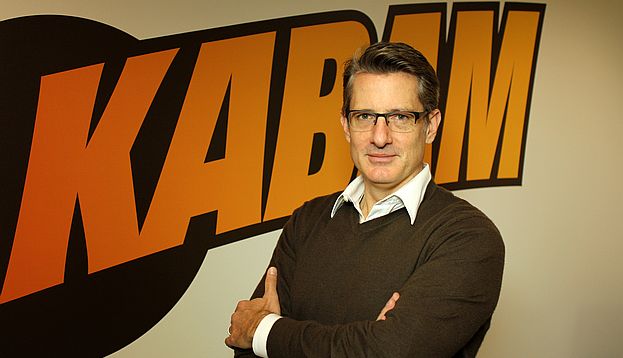Kabam has certainly made quite a few moves since its inception five years ago, making lots of money from mobile and social games. Recently, the company made the decision to sell off many of its social game titles in an effort to focus more on mobile titles, possibly as part of its terms of agreement with Alibaba’s investment in the company earlier this year.
That’s not to say it’s missing out on profits. With more than 900 employees on its team, it’s getting close to $500 million in revenues for the year, up from the $360 million the previous year. Franchises based on The Hunger Games and Fast and Furious have certainly helped out, along with The Hobbit, which is likely to pick up in popularity again with the final movie, Battle of the Five Armies, opening this week.
Recently, chief operating officer Kent Wakeford spoke with VentureBeat about the ins-and-outs of monetizing mobile games the proper way – there’s a process that has to be followed to ensure its success.
When it comes to developers developing games with a high monetization rate, Wakeford explained, “When you think about a matrix of areas that we look at, it starts with, what game do you want to make What genre are you going after The genre has a lot to do with getting monetization into the game. Then, going to the development stage, on the monetization we could talk a lot about system design and how you think about that. That could follow into distribution and marketing and how that impacts ultimate revenue per install. We’re in the business of games as a service, of course. Running games and the live operation of games becomes critical. When we think about games we think about those four key areas. Each one plays an important role.”
Wakeford also touched on the subject of optimal game genres, and where they can make a difference. “As you think about the games you want to make, think about the genres you want to develop—genres have a lot to do with the ultimate lifetime value (LTV). In North America and Europe, strategy games have the highest revenue per install of any genre. Something like $3.98 per install. That’s a lot of revenue per player, so there’s a lot of strategy games out there. Second is RPG at about $3.82. Then you drop down to casino, which is a long way behind,” he explained.
“Strategy games tend to have the lowest number of installs, though. The highest number of installs comes in action games, like infinite runners. Those games tend to have a revenue per install of about 25 cents. It’s a trade-off. When you think about a game, you want to think about the monetization side, but also the customer acquisition side. Action games have much wider appeal.”
Wakeford also touched on the subject of licensing popular franchises. “Kabam has a long history of building licensed IP,” he said. “The Hobbit is a good example. What we’ve found is that the biggest impact of licensed IP is on the customer acquisition side, getting a more effective CPI. You get a lot more organic traffic, better search engine optimization in the app stores, more people coming into the game. You can spend the marketing dollars more efficiently because there’s already brand awareness.
“As far as monetization, when you find the true fans of an IP, they will engage. They will engage and play and spend and get their friends to spend. There’s a core group of players who you’ll see over index in terms of monetization. But the key benefit of licensed IP is much more on the acquisition side,” said Wakeford.
The full interview, which also touches on the subjects of advertisements in games to compensate for in-app purchases, can be found here.

